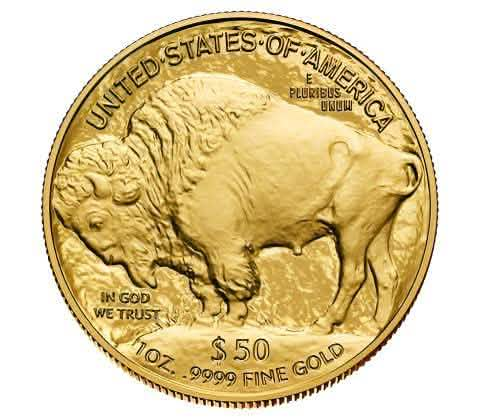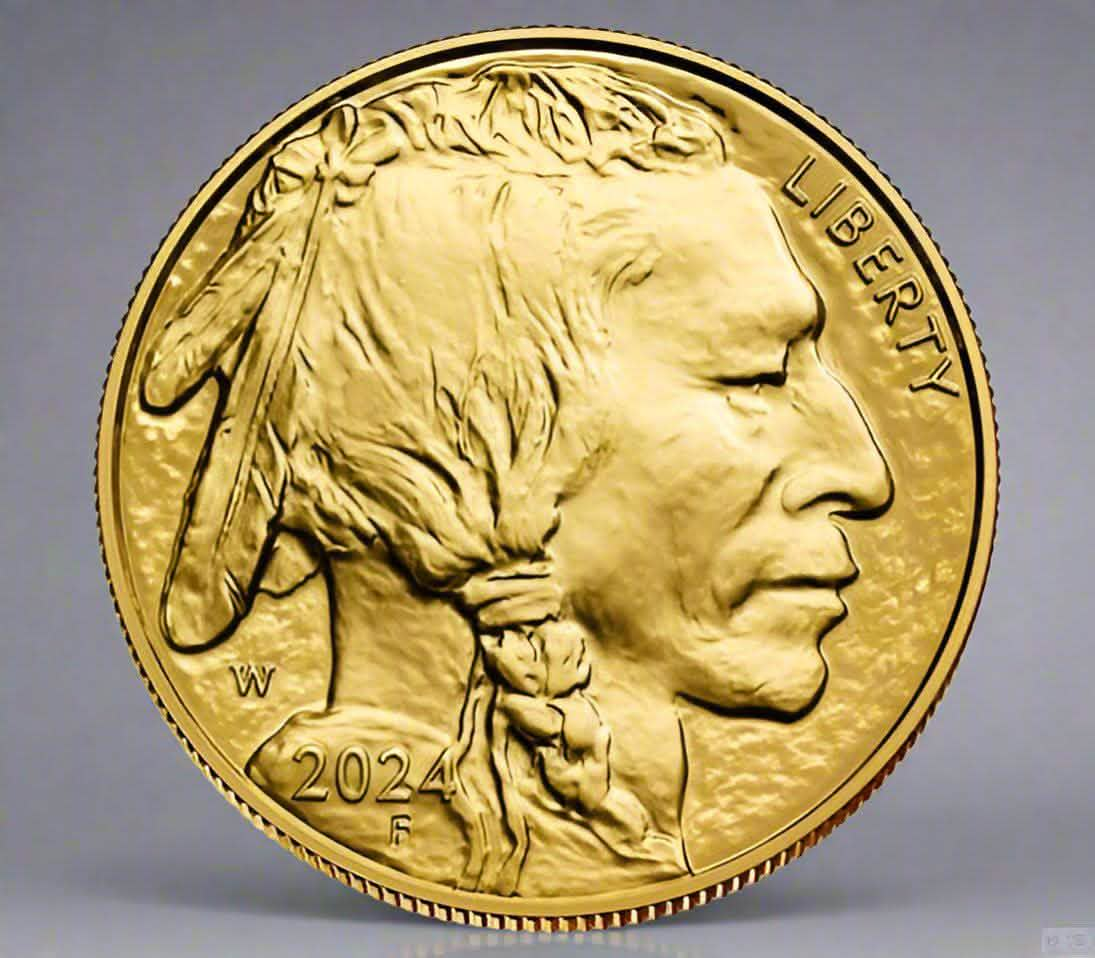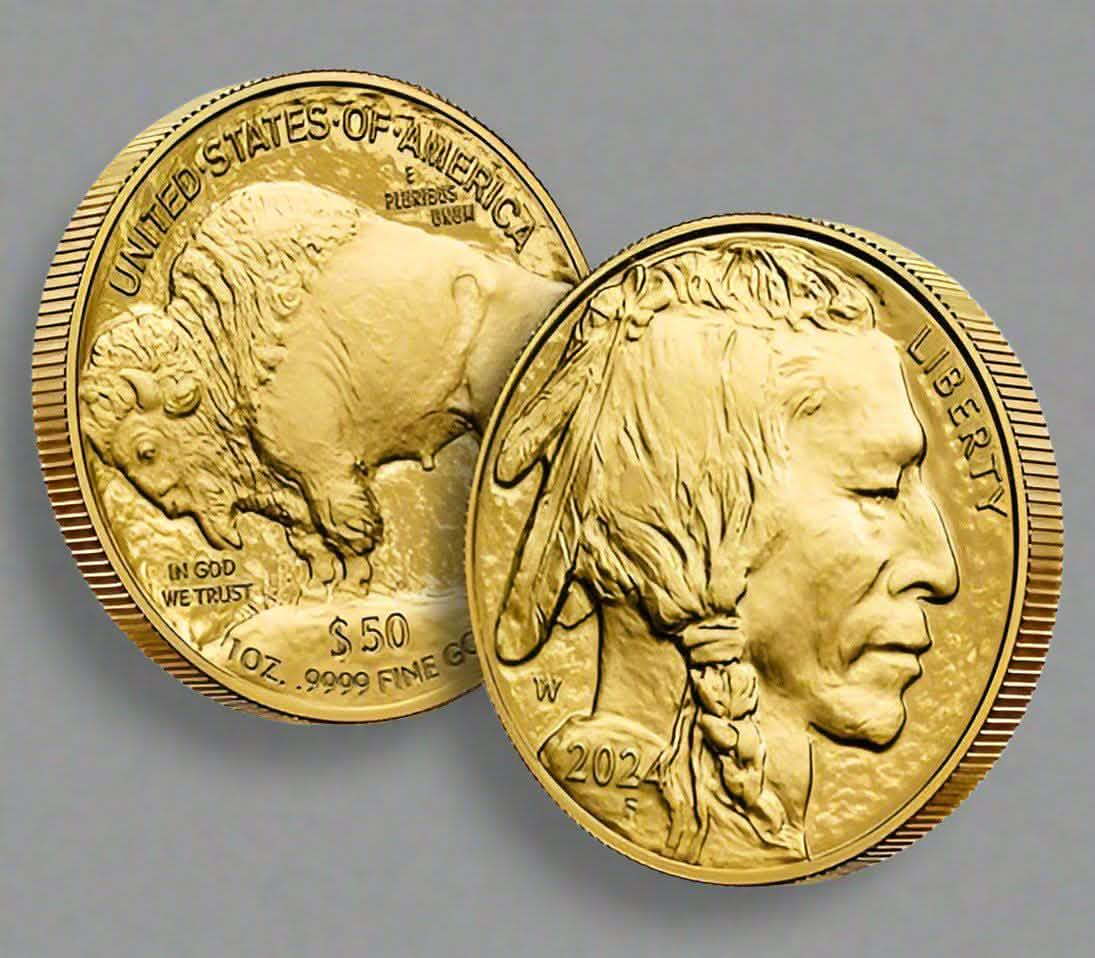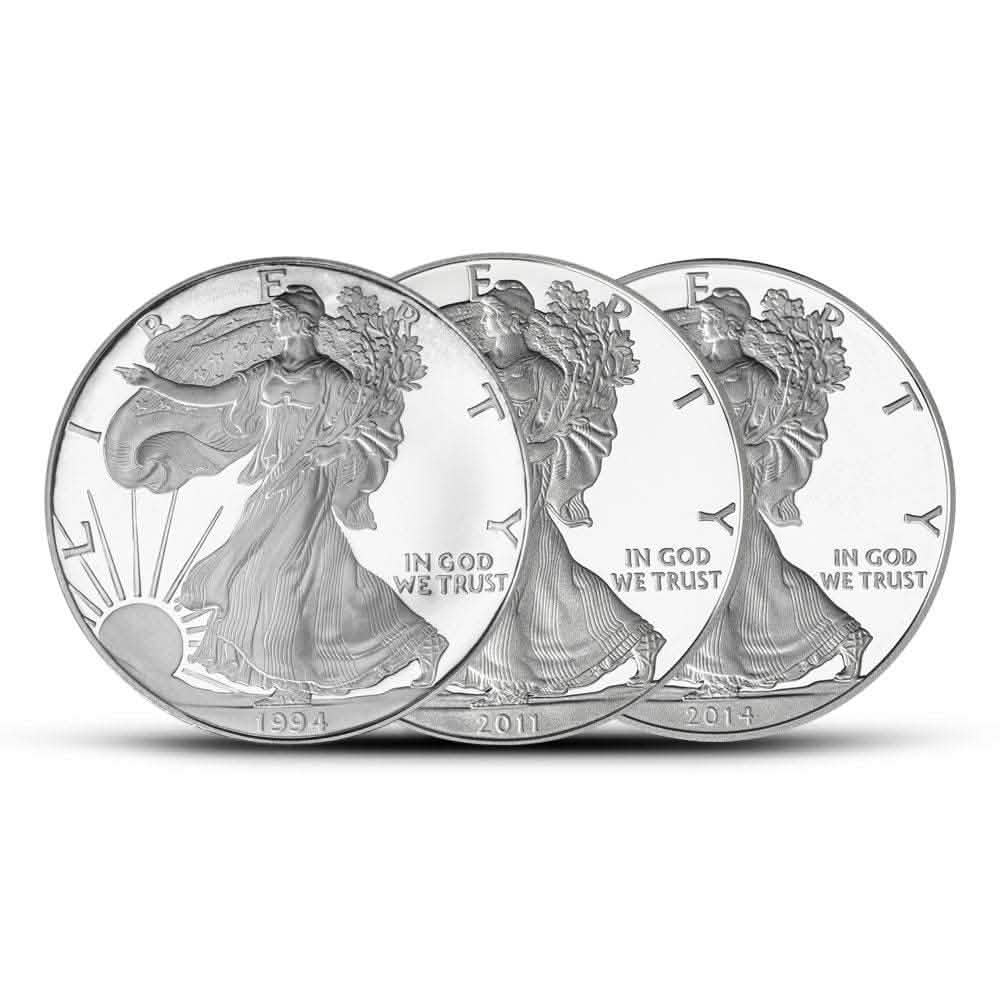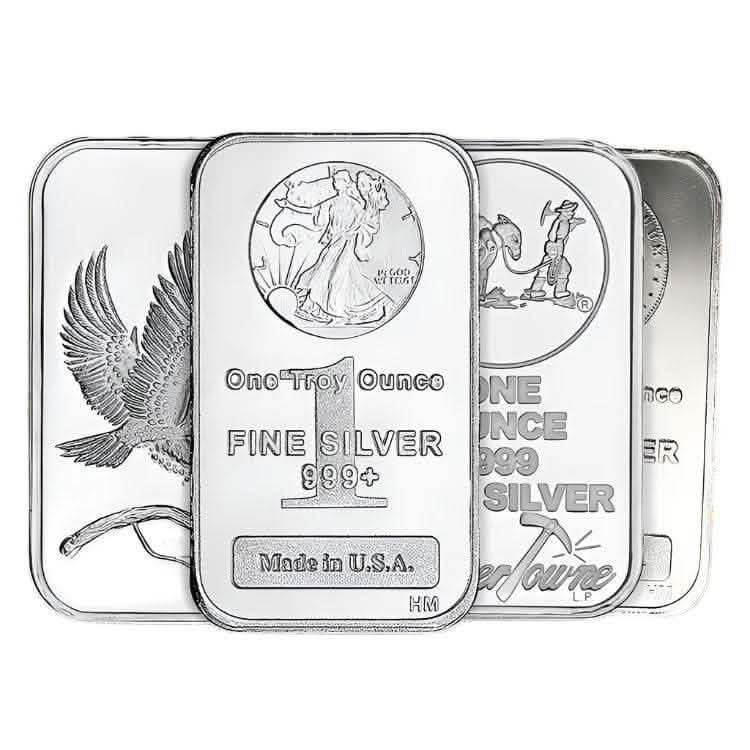Gold has long symbolized wealth, stability, and security. But for modern investors, it’s much more than a precious metal—it is a key component of a diversified portfolio, particularly during uncertain economic times. Now, Bank of America predicts that gold will reach $3,000 per ounce by the second half of 2025. However, this ambition comes with a caveat for investors: patience is essential as the market remains in a consolidation phase.
What does this mean for investors now, and how should they position themselves to make the most of gold’s forecasted price rally? Here's what Bank of America’s expert analysis and historical trends reveal about the future of gold investments.
Where Gold Stands Today
Gold has experienced a seesaw of movement in recent years, driven by fluctuating economic conditions, inflation fears, and shifting investor behavior.
The gold market is currently in what analysts call a “consolidation phase.” According to Michael Widmer, Bank of America’s Head of Metals Research, “Right now, gold is just stuck in an environment where we don’t have anything tangible to get investors back into the market.” While gold prices have slowed down in the short term, analysts are optimistic about a strong rebound as macroeconomic conditions align.
Market consolidation is a phenomenon that has been around for gold. Its historical performance reveals that temporary stagnations like this often precede periods of significant growth, especially during inflationary pressure and global economic uncertainty.
Why $3,000 is Within Reach
Bank of America’s $3,000 per ounce forecast rests on several market fundamentals, including gold’s enduring role as a hedge against inflation, global demand dynamics, and central bank activity.
1. Gold as an Inflation Hedge
When inflation is rising, gold becomes more attractive to investors as a store of value. Many use gold to protect their purchasing power when fiat currencies weaken. Over the past decades, gold has consistently outperformed during periods of high inflation.
Historical data underscores this point. For instance, during the inflationary period of the late 1970s and early 1980s, when annual inflation in the U.S. soared past 14%, gold prices climbed alongside it. We saw a similar pattern during the financial crisis of 2008, with investors rushing to gold as a safe-haven asset.
Should inflation persist through 2025, as some analysts anticipate, gold could see another record-breaking rally—consistent with Bank of America’s projections.
2. Global Demand and Supply Dynamics
The World Gold Council’s recent reports indicate that global gold demand continues to grow steadily, driven by an increasing interest in gold among emerging markets and the rise of retail investors. On the supply side, constraints in mining production and geopolitical uncertainties have created a favorable environment for price increases.
Bank of America analysts also highlight central bank buying as a key driver. Notably, central banks around the world are consistently increasing their gold reserves. For example, global central bank gold reserves hit a 50-year high in 2022, reflecting widespread confidence in the long-term value of gold. This growing institutional demand adds significant upward pressure to gold prices.
3. Economic Uncertainty and Safe-Haven Appeal
Economic downturns often send investors flocking to gold due to its stable and intrinsic value. With concerns about global debt, recession risks, and the impacts of geopolitical tensions (including the ongoing conflicts in parts of Europe and the Middle East), gold’s appeal as a safe-haven asset will likely gain momentum.
4. Weaker Dollar Thesis
Another major factor underpinning Bank of America’s forecast is the expected weakening of the U.S. dollar. Gold prices typically move inversely to the dollar; as the dollar depreciates, gold prices rise in response. A weaker dollar environment could further accelerate gold’s rally toward the $3,000 mark by 2025.
History Repeating Itself? Gold’s Past Performances
To better understand how the $3,000 target is achievable, it’s worth analyzing gold’s recent price trends and growth cycles.
Take a look at these key milestones in gold’s history over the past five years (2018–2023):
- Gold stayed under $1,300 per ounce in early 2018 but surged past $2,000 in 2020 due to the COVID-19 pandemic, which disrupted global markets and sent investors clamoring for safety.
- The steep climb was briefly followed by a consolidation phase throughout 2021 and 2022.
- Prices have hovered near $1,900–$2,000 in 2023, setting the stage for a new upward cycle as central banks boost demand and supply remains constrained.
This historical consolidation pattern followed by rallies suggests another significant run-up is possible but highly probable.
What Investors Should Consider
While $3,000 in gold is exciting, investors must take a calculated approach. Here are four key actions to consider when investing in gold during this period.
1. Diversify Your Portfolio
Gold should complement, not dominate, your investment portfolio. Targeting 5–10% of your portfolio for gold can provide the haven benefits without overexposing you to market volatility.
2. Choose the Right Investment Vehicle
Investing in gold doesn’t always mean buying physical bars or coins. Exchange-traded funds (ETFs), mining stocks, and futures contracts are all viable options that might suit different investor preferences.
3. Pay Attention to Timing
According to Bank of America’s forecast, the first half of 2025 may still see consolidation in the gold market. Use this time to accumulate positions gradually, taking advantage of lower prices before the rally picks up steam.
4. Stay Updated on Market Trends
Keep track of key indicators such as inflation rates, central bank activity, and the strength of the U.S. dollar. These factors will be crucial in gold’s price movements over the next two years.
Gold’s Long-Term Value
For centuries, gold has proven reliable during economic uncertainty. With Bank of America forecasting a potential surge to $3,000 in 2025, now is the time for investors and gold enthusiasts to consider how they can benefit.
Whether diversifying your holdings or seeking a haven in an unpredictable market, gold offers a unique opportunity to safeguard and grow your wealth.
Take Action Today
Why wait for the forecasted rally to begin? Diversify your portfolio with gold today and position yourself for long-term success. To stay ahead of the curve, we recommend monitoring updates from experts like those at Bank of America and trusted resources such as the World Gold Council.
